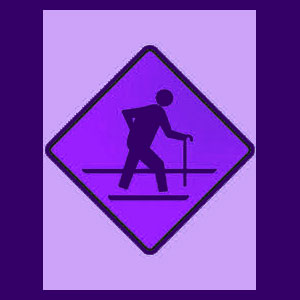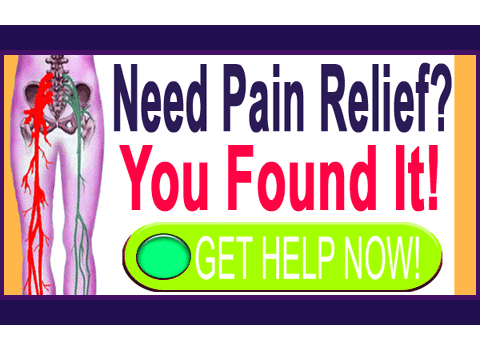
Osteoporosis symptoms are a direct result of decreased bone density associated with aging. Osteoporosis itself is rarely painful, but can cause horrific and widespread risks from extreme health issues throughout the skeletal system.
Osteoporosis actually changes the physical structure of the bones, making them prone to being fractured. Some instances of fractured vertebrae can be painful, although many are not. Some patients have multiple fractures and are completely symptom-free. This is particularly true for compression fractures which occur without acute trauma.
This discussion focuses on the signs and symptoms of osteoporosis and its precursor condition of low bone density.
Osteoporosis Symptom List
Typical symptoms of porous bones and osteoporosis may include all of the following expressions:
Bones which are are weak and fracture easily. Even light impact can lead to a fractured or cracked vertebra. Sometimes the weight of the body alone will be enough to cause a compression fracture. Obesity will certainly contribute to this occurrence.
Poor posture is often one of the only outward physical indications of low bone density. Patient is usually slumped or bent over. The head might hang low and forward and the middle back might have a lump. This anatomical deformity is an age-related type of kyphosis.
Osteoarthritic activity may be more present or more severe than usual.
Medical exam might have revealed poor bone formation, as well as porous or brittle bones using various types of diagnostic testing.
Osteoporosis Symptoms via Fractured Vertebrae
Bone fractures are the most common and potentially serious symptom of osteoporosis. These fractures can result from a fall or any significant impact. The less dense the bones become, the easier they are to fracture. Advanced osteoporosis can cause fractures from the mere weight of the body pressing down on the spinal bones. This is called a vertebral compression fracture.
Broken hips and wrists are the other common forms of fracture caused by osteoporosis. The wrist can break from a fall or from heavy lifting. The hip usually breaks as a result of a fall or simply too much pressure on the weakened bone. Age will contribute greatly to the chance of a compression fracture. The older the patient, the more advanced bone density loss will typically be.
Elderly back pain is often linked to the development of osteoporosis. Multiple fractures might create a serious condition known as spinal instability.
Symptoms of Osteoporosis
If you suffer from osteoporosis or precursor low bone density, make sure to be careful with your body. Be aware that your bones might be delicate and keep this is mind during all activities. Get regular check ups to make sure there are no undiagnosed fractures that might cause severe problems later in life.
If you are one of the lucky and smart people who are taking the time to read this article while you are still young and healthy, then good for you! Now is the time to act to prevent yourself from ever suffering with the symptoms of low bone density as you age.
If you eat right, exercise and maintain your overall health and wellbeing throughout life, there is little chance that your body will fall victim to the terrible consequences of osteoporosis. Remember this if you at heightened risk for developing low bone density, due to any known factor.





